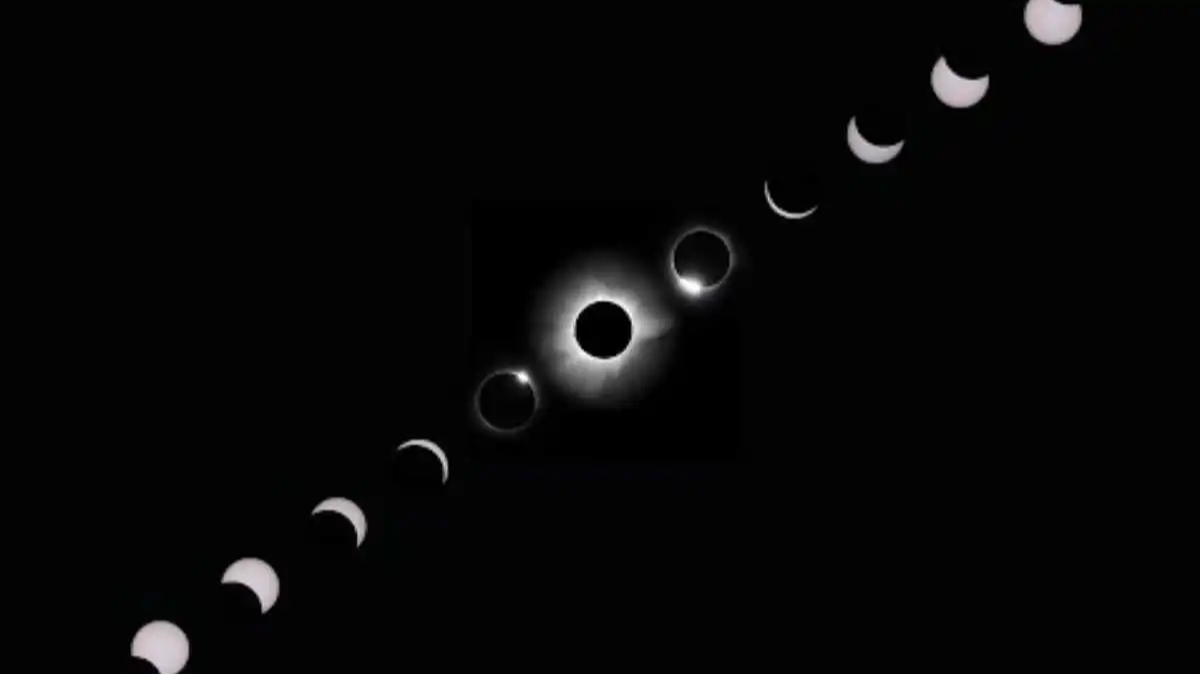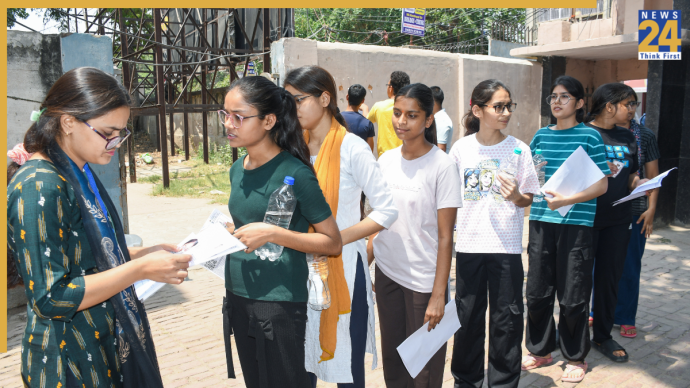The year 2025 will be a special one for sky gazers and astronomy enthusiasts. There will be a total of four eclipses—two solar eclipses and two lunar eclipses—making it an exciting year for those interested in celestial events. However, not all of these eclipses will be visible in India. Let’s take a look at the details of each eclipse and where you can see them.
March 14, 2025 – Total Lunar Eclipse
The first eclipse of 2025 will be a Total Lunar Eclipse on March 14. Unfortunately, this eclipse will not be visible in India. However, it will be visible from parts of the Americas, Europe, and Africa. During this eclipse, the Earth will cast its shadow on the Moon, causing the Moon to turn a deep red color, also known as a “Blood Moon.”
March 29, 2025 – Partial Solar Eclipse
The second eclipse of the year will be a Partial Solar Eclipse on March 29. This eclipse will be visible in India. During this event, the Moon will cover a part of the Sun, creating a “bite” shape on the Sun’s surface. While India will be able to witness this partial solar eclipse, it will be visible as a partial eclipse in many parts of the world, including the United States, parts of Europe, and the Atlantic Ocean.
September 7-8, 2025 – Total Lunar Eclipse
The third eclipse of the year will be another Total Lunar Eclipse, which will occur on the night of September 7 to the early morning of September 8. This eclipse will be visible in several regions, including Asia, Antarctica, Europe, Australia, and parts of the Indian Ocean. The total eclipse will last for several hours, and during the peak, the Moon will turn a stunning red color. This is a perfect opportunity for sky gazers to witness a breathtaking view of the Moon changing color, starting at 8:58 PM (UTC) and ending at 2:25 AM (UTC).
September 21-22, 2025 – Partial Solar Eclipse
The last eclipse of 2025 will be a Partial Solar Eclipse on September 21-22. This eclipse will not be visible in India. It will be visible in New Zealand, the South Pacific Ocean, and parts of Western Antarctica. Like the previous solar eclipse, only a portion of the Sun will be covered by the Moon, but this eclipse will not be seen from most parts of the world.













